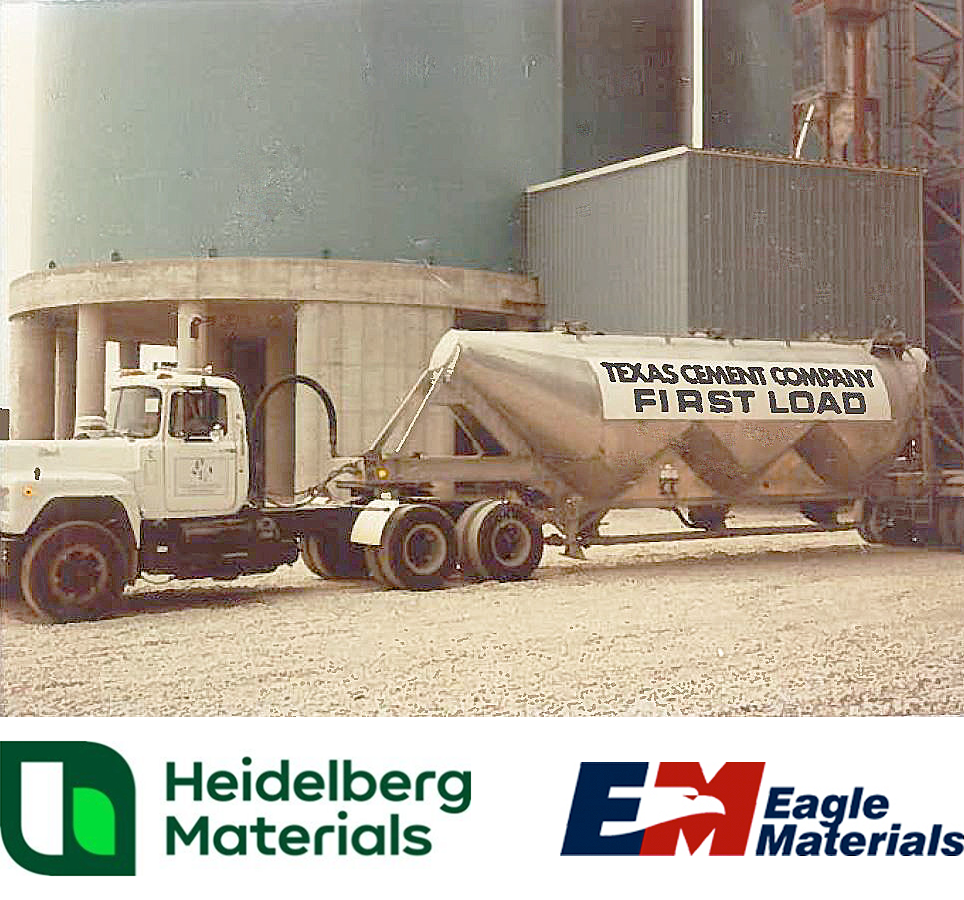History
In the 1970s, the Texas economy was booming. Escalating oil prices fueled a seemingly endless expansion of the state’s petroleum industry. A concurrent flurry of construction activity was necessary to meet the demand for commercial growth and urban development. The requirement for concrete and other construction products was rapidly outpaced by the demand.
In June 1975, Centex Corporation acquired 363 acres of limestone-rich land near Buda (limestone is the primary raw material necessary for the manufacture of cement), where it established a new cement manufacturing facility, Texas Cement Company. Construction of the original plant began in December 1976 and was completed in June 1978.
In 1983, encouraged by an eagerly expanding Texas economy, the plant was doubled in size to its current capacity.
In 1984, the plant successfully produced Class H Oil Well cement, making it the first flash calciner pyroprocessing facility in the United States to manufacture this product. Before this, all of Centex Corporation’s Class H oil well cement was manufactured, sold and marketed by the Centex Cement Corporation located in Corpus Christi. The Centex Cement plant was originally built in 1949 and represented an older, less efficient wet pyroprocess. It was decommissioned in 1985 upon the successful production of the Class H Oil Well cement in Buda.
In 1986, 50% ownership interest in Texas Cement Company was sold by Centex (now Eagle Materials) to Lehigh Portland Cement Company (now part of Heidelberg Materials North America). The resulting joint venture partnership has operated since that time as Texas Lehigh Cement Company LP.
Texas Lehigh presently manufactures and markets four different types of construction cement, three API Spec Oil Well cements (Class A, Class C and Class H), and masonry cements for sale to its Texas and out-of-state customers. The company’s objective to be the highest quality, low-cost producer of cement products in Texas is matched by its desire to maintain a safe working environment for its many employees and an operation equal to today’s environmental requirements.

